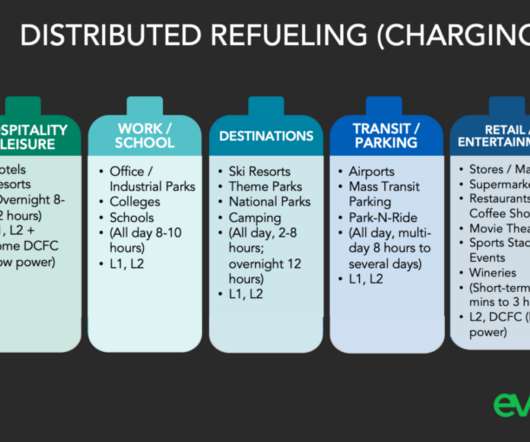Navigant forecasts global road transportation energy consumption to increase 25% by 2035; 84% from conventional fuels
Green Car Congress
JULY 28, 2014
In a new report ( Transportation Forecast: Global Fuel Consumption ), Navigant Research forecasts total road transportation energy consumption will grow from 81.1 Approximately 84% of that will be provided by conventional fuels. Annual road transportation sector energy consumption by fuel type, world markets: 2015-2035.


















Let's personalize your content